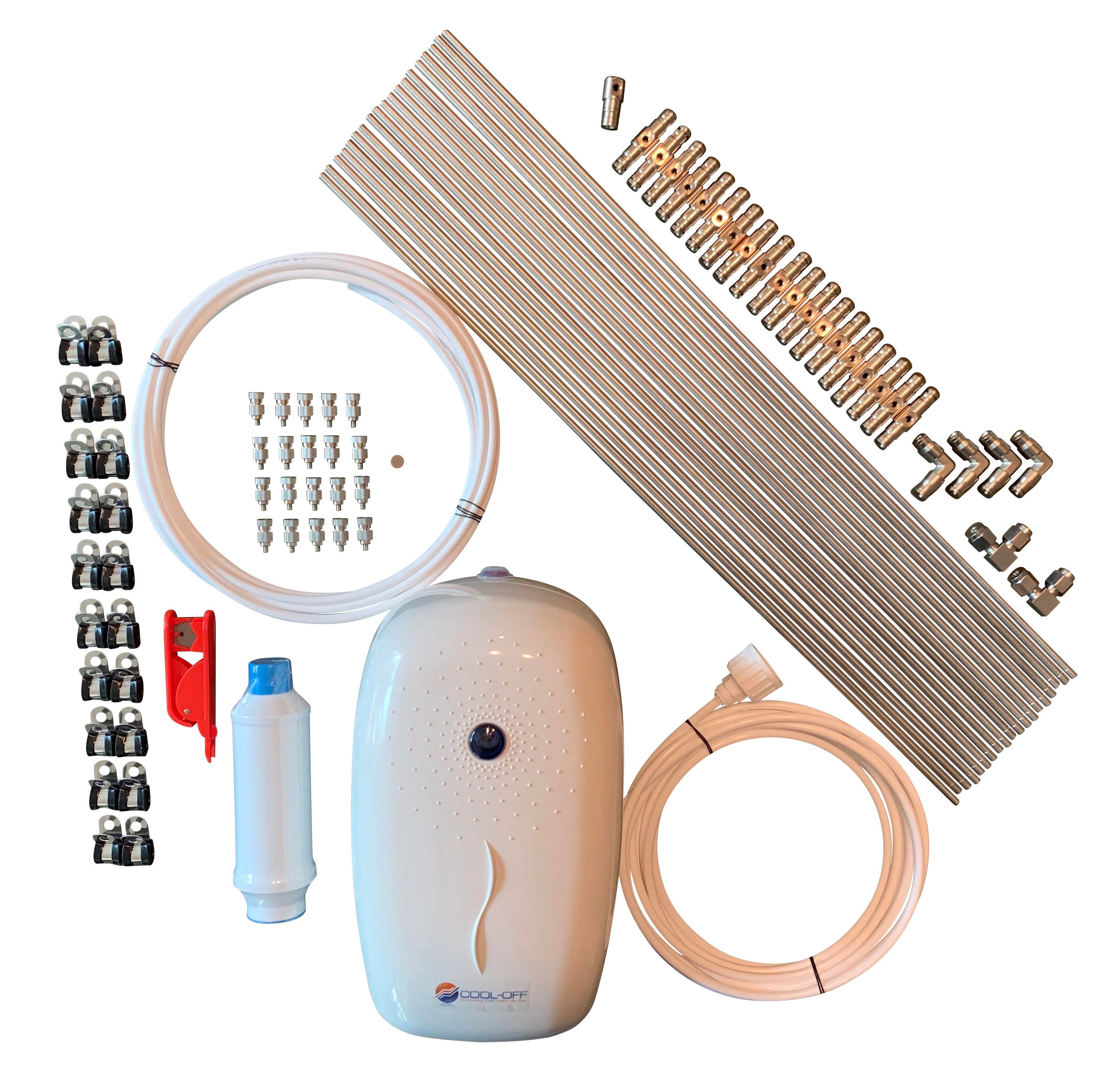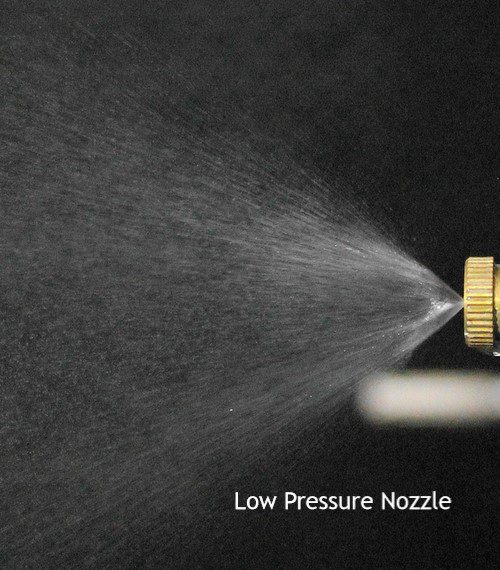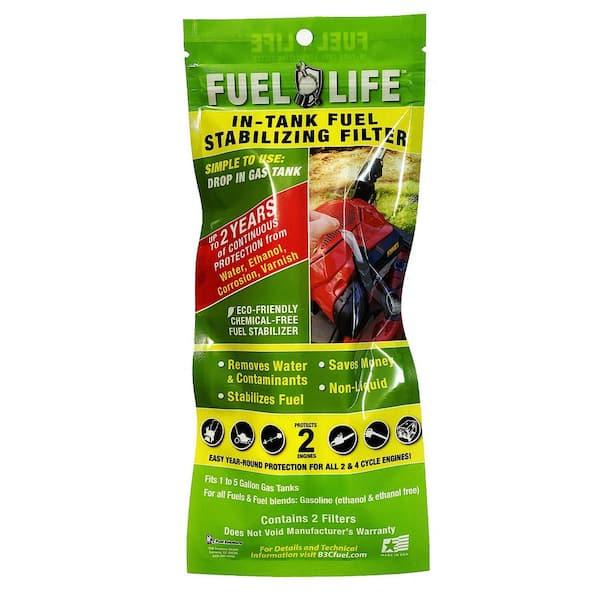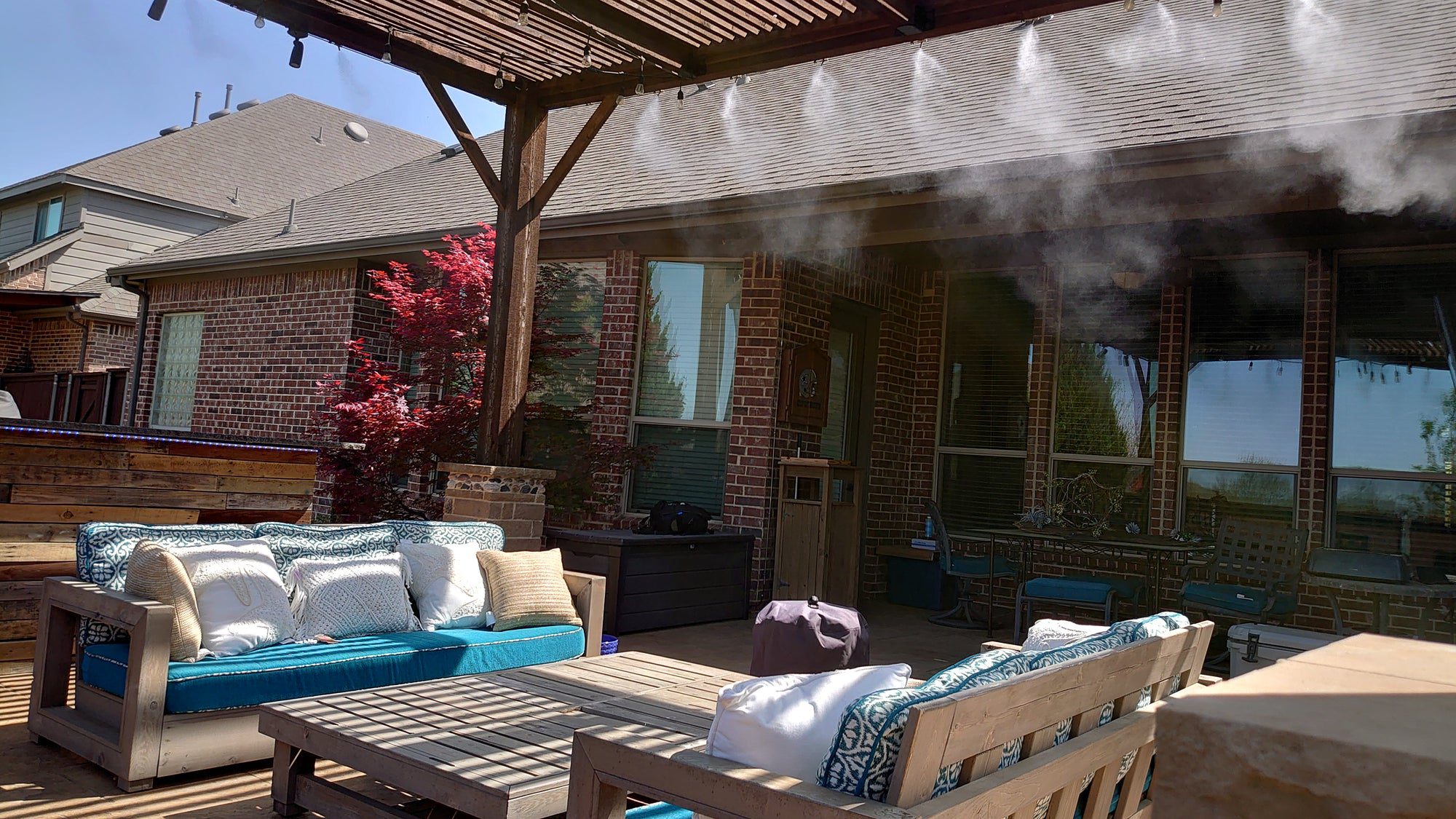Low pressure misting systems are a cost-effective solution to cool outdoor areas and provide relief from hot weather conditions. With their ability to create a fine mist using low-pressure water, these systems effectively lower the ambient temperature without creating excessive wetness.
Whether used for residential or commercial purposes, low pressure misting systems offer an efficient and convenient way to combat heat and enhance outdoor comfort. By adhering to strict guidelines, these systems ensure accurate and targeted misting, resulting in a refreshing and enjoyable experience for users.
With their easy installation, energy-efficient operation, and ability to customize misting patterns, low pressure misting systems are an ideal choice for anyone seeking to beat the heat while maximizing outdoor enjoyment.
What Are Low Pressure Misting Systems?
Low pressure misting systems are innovative solutions that create a fine mist to cool outdoor spaces, providing relief from heat. These systems utilize low-pressure pumps and specially designed nozzles to produce a refreshing mist that evaporates quickly, lowering the ambient temperature.
A low pressure misting system is an effective cooling solution that uses water and a pump to create a fine mist of water droplets. These systems work by lowering the temperature in outdoor spaces through the process of evaporative cooling. With their ability to lower temperatures by up to 30°F, low pressure misting systems are ideal for various applications, including patios, gardens, restaurants, or any outdoor area where cooling is required.
Components Of Low Pressure Misting Systems
Low pressure misting systems consist of several key components that work together to create a refreshing mist. These components include:
- Pump: The pump is the heart of the misting system, responsible for pressurizing the water supply and creating the mist.
- Misting Nozzles: These specially designed nozzles create a fine mist by breaking down the water particles into tiny droplets.
- Tubing: High-quality tubing transports the water from the pump to the misting nozzles, ensuring an even distribution of mist.
- Filter: A filter is typically included to prevent any debris or impurities in the water from clogging the misting nozzles.
- Pressure Regulator: The pressure regulator ensures that the misting system operates at the optimal pressure for producing a fine mist.
- Control System: Some low pressure misting systems come with a control system that allows you to adjust the misting output and set timers for automatic operation.
How Low Pressure Misting Systems Work
The working principle of low pressure misting systems is based on evaporative cooling. When the pump pressurizes the water and forces it through the misting nozzles, the water particles are atomized into tiny droplets that evaporate quickly into the surrounding air. This evaporation process absorbs heat from the air, effectively cooling down the environment.
As the water droplets evaporate, they dissipate heat energy and create a cooling effect. The misting system operates at low pressure, typically below 250 psi, ensuring that the mist is fine and doesn’t soak the area. The misting system can be activated via a manual switch or an automatic control system, providing convenient and efficient cooling when needed.
Low pressure misting systems are not only effective for cooling outdoor spaces, but they can also help reduce dust, control odors, and create a more comfortable environment. Whether it’s for cooling down a patio during hot summer days or creating a pleasant ambiance for outdoor dining, low pressure misting systems are a versatile and efficient solution for beating the heat.

Credit: cool-off.com
Benefits Of Low Pressure Misting Systems
Low pressure misting systems are a cost-effective and efficient way to cool down hot environments while reducing the ambient temperature. Not only do these systems provide a comfortable and refreshing outdoor experience, but they also offer several benefits that make them economical and environmentally friendly.
Efficient Cooling In Hot Environments
With low pressure misting systems, you can enjoy efficient cooling in hot environments without having to worry about a significant increase in your energy consumption. These systems work by emitting ultra-fine mist droplets into the air, which evaporate quickly, absorbing heat and lowering the surrounding temperature. The misting nozzles are strategically placed in the desired area, ensuring that you can experience a significant drop in temperatures, even in the hottest climates.
Reduction In Ambient Temperature
The primary benefit of low pressure misting systems is their ability to reduce the ambient temperature by several degrees. Whether you’re in a backyard, patio, or outdoor commercial space, these misting systems can create a cool and comfortable environment. By utilizing the principles of evaporative cooling, the misting system effectively lowers the temperature by creating a microclimate that provides instant relief from the scorching heat. With a significant reduction in the ambient temperature, you can enjoy outdoor activities, entertain guests, or simply relax without the discomfort of excessive heat.
Economical And Environmentally Friendly
Not only are low pressure misting systems efficient in cooling, but they are also economically and environmentally friendly. These systems operate using low pressure, which means they consume less water compared to high-pressure misting systems. With efficient water usage, there is less wastage, resulting in lower water bills and conservation of this precious resource. Additionally, the misting systems do not use any harmful refrigerants or chemicals, making them environmentally friendly and safe for both humans and pets. By opting for low pressure misting systems, you can keep your space comfortably cool while being mindful of both your budget and the environment.
Applications Of Low Pressure Misting Systems
A low pressure misting system is a versatile and efficient solution that can be used in a variety of different settings. From residential to commercial to agricultural applications, these systems offer numerous benefits for a wide range of purposes.
Residential Usage
Low-pressure misting systems are becoming increasingly popular among homeowners. They can be used to cool outdoor spaces such as patios, decks, and pool areas during hot summer months. These systems produce a fine mist that evaporates quickly, resulting in a noticeable drop in temperature. Not only do they offer relief from the heat, but they can also create a pleasant ambiance with a mist that refreshes and invigorates. In addition to providing comfort, these systems can also help to keep insects at bay, making your outdoor living spaces more enjoyable.
Commercial Usage
In commercial settings, low-pressure misting systems have numerous applications. They can be used to create a comfortable outdoor environment for customers at restaurants, cafes, and other businesses with outdoor seating areas. These systems can also be utilized in amusement parks and outdoor entertainment venues to keep visitors cool and comfortable even on the hottest days. Additionally, low-pressure misting systems are commonly used in industrial settings to control dust and regulate temperature in manufacturing facilities and warehouses.
Agricultural Usage
Low-pressure misting systems play a crucial role in agriculture, particularly in greenhouses and nurseries. These systems can help to maintain optimal growing conditions by providing a fine mist that increases humidity levels and cools the temperature. By controlling the climate, low-pressure misting systems can promote healthy plant growth and prevent heat stress. They are also used in livestock farming to keep animals cool and reduce heat-related health issues. Furthermore, low-pressure misting systems can be used for irrigation purposes, evenly distributing water and nutrients to crops.
Installation And Maintenance Of Low Pressure Misting Systems
Low pressure misting systems offer efficient and cost-effective solutions for installation and maintenance needs. These systems are designed to provide a refreshing outdoor experience while reducing the temperature and enhancing air quality. With their easy installation process and regular maintenance, low pressure misting systems ensure long-term functionality.
Selecting The Right System For Your Needs
When it comes to installing a low-pressure misting system, it’s crucial to select the right system that best suits your specific needs. With a variety of options available in the market, choosing the perfect system can seem overwhelming. However, by considering a few key factors, you can make an informed decision tailored to your requirements.
- Start by determining the area you want to cool or humidify with the misting system.
- Consider the climate and temperature in your region, as this will impact the effectiveness of the system.
- Take into account the water source available and its pressure, as low-pressure misting systems typically require a standard water supply.
- Consider the purpose of the misting system, whether it’s for outdoor cooling, humidification, or dust control.
- Evaluate your budget and look for system options that provide the best value for your investment.
Proper Installation Steps
Once you have chosen the ideal low-pressure misting system, it’s time to consider the proper installation steps to ensure its optimal performance. Following these steps will help you set up the system correctly and avoid any potential issues down the line:
- Begin by planning the layout of the misting system. Determine the placement of the tubing, nozzles, and fittings, keeping in mind the areas that require the most cooling or humidification.
- Prepare the area by clearing any obstacles and ensuring that there is sufficient space to install the system. This may involve cleaning or organizing the designated area.
- Attach the tubing to the water source, making sure to secure it firmly to prevent leaks. If necessary, use fittings and connectors to create a seamless connection between the tubing segments.
- Install the misting nozzles strategically, spacing them adequately for optimal coverage while maintaining the desired mist effect.
- Test the system by turning on the water supply. Check for any leaks, adjust the positioning of the nozzles if necessary, and ensure that the misting effect is consistent and even.
Routine Maintenance
In order to maximize the lifespan and efficiency of your low-pressure misting system, routine maintenance is essential. By following these simple maintenance tips, you can keep your system in excellent working condition:
- Regularly inspect the tubing, fittings, and nozzles for any signs of wear, damage, or blockages. Replace any faulty or clogged components as necessary.
- Clean the nozzles on a regular basis to remove mineral deposits or debris that may affect the misting performance. This can be done by soaking them in a descaling solution or using a small brush to clean the nozzle orifices.
- Check the water filters to ensure they are clean and free from any obstructions. Clean or replace the filters accordingly to maintain optimal water flow and prevent clogs.
- During winter or prolonged periods of non-use, it’s important to drain and disconnect the system to prevent freezing or damage.
- Regularly monitor the water pressure and make any necessary adjustments to ensure the system operates at the recommended pressure level.
Tips For Maximizing The Effectiveness Of Low Pressure Misting Systems
When it comes to getting the most out of your low pressure misting system, there are a few key tips to keep in mind. These systems, which use a fine mist of water droplets to cool the air, can be incredibly effective in hot weather conditions. By following these tips, you can ensure that your low pressure misting system operates at its full potential, keeping you and your surroundings cool and comfortable.
Optimal Placement Of Nozzles
One of the most important factors to consider is the placement of the misting nozzles in your low pressure system. By strategically positioning the nozzles, you can ensure that the mist is evenly distributed throughout the area you want to cool. This will help to maximize the cooling effect and minimize any potential hot spots. For example, if you are using the system to cool a patio or outdoor seating area, make sure to position the nozzles in a way that covers the entire space, including any seating areas or tables.
Controlling The Water Flow
The water flow rate is another crucial aspect to consider in optimizing the effectiveness of your low pressure misting system. By controlling the water flow, you can ensure that the mist being emitted is sufficient to cool the air without wasting excessive amounts of water. Most low pressure misting systems have adjustable flow valves that allow you to regulate the water flow based on your specific cooling needs. It is important to find the right balance to avoid oversaturating the air or producing a weak mist.
Using The System In Conjunction With Natural Ventilation
To further enhance the effectiveness of your low pressure misting system, consider utilizing it in conjunction with natural ventilation. By opening windows or doors, you can encourage airflow and allow the misted air to circulate throughout the space more effectively. This combination of misting and natural ventilation can create a refreshing and cooling breeze, providing optimal comfort in hot weather conditions.
By implementing these tips, you can ensure that your low pressure misting system operates efficiently and effectively, keeping you cool and comfortable even on the hottest of days.

Credit: www.walmart.com

Credit: www.amazon.com
Frequently Asked Questions For Low Pressure Misting Systems
What Are The Benefits Of Low Pressure Misting Systems?
Low pressure misting systems provide a refreshing and cooling effect, making them ideal for outdoor spaces like patios and alfresco areas. They also help to reduce dust and control odors. Additionally, these systems can be used for plant propagation and humidification in greenhouses.
How Do Low Pressure Misting Systems Work?
Low pressure misting systems work by forcing water through tiny nozzles to create a fine mist. This mist evaporates quickly, absorbing heat from the surrounding environment and lowering the temperature. The process of evaporation also helps to remove dust particles and allergens from the air, resulting in a cleaner and cooler space.
Are Low Pressure Misting Systems Energy Efficient?
Yes, low pressure misting systems are highly energy efficient. Compared to high pressure systems, they use less energy to achieve the same cooling effect. The lower pressure means less electricity is required to pump the water through the system. This makes low pressure misting systems a cost-effective and eco-friendly cooling solution.
Can Low Pressure Misting Systems Be Used Indoors?
Yes, low pressure misting systems can be used indoors, but it is important to ensure proper ventilation and moisture control. These systems are commonly used in commercial establishments like restaurants and hotels to provide a comfortable environment for patrons. Indoor use requires careful planning and installation to prevent excessive moisture buildup.
Conclusion
Low-pressure misting systems provide an efficient and effective solution for various cooling and humidification needs. With their easy installation, customizable features, and energy-saving benefits, these systems are gaining popularity in both residential and commercial settings. Whether used for outdoor cooling or indoor humidity control, low-pressure misting systems offer a cost-effective and sustainable solution.
With their versatility and user-friendly functionality, they are a smart choice for anyone looking to enhance their comfort and environment.
- The Power of Mobile Accessibility And Real-Time Tracking for Trucking Operations - November 6, 2024
- Why Ease of Use is Crucial in Trucking Dispatch Software - September 22, 2024
- Better Communication With Dispatchers: How Trucking Dispatch Software Can Optimize Operations - September 7, 2024



